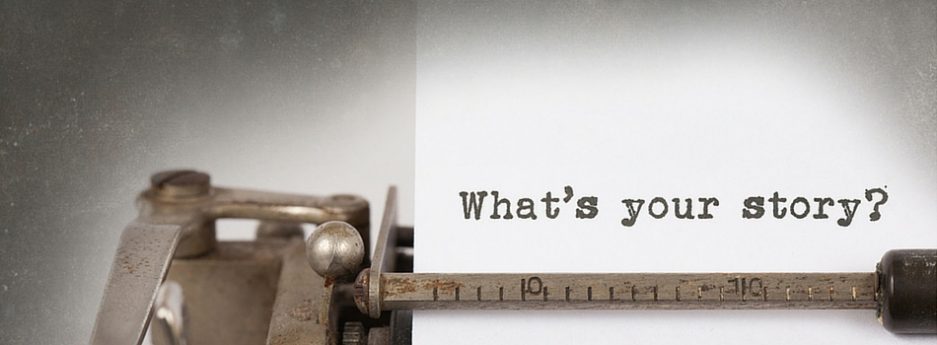I was sitting quietly at university, drinking my caramel latte, when I over heard two young men discussing the topic of women. Their conversation went as follows;
Anonymous No.1; “Ewww no way man, I wouldn’t pay $20 to touch that.”
Anonymous No.2; “$20? Man, she isn’t even worth 20 cents.”
And they laughed comically in agreement.
To say I was disgusted is an understatement. I do not assert myself as a feminist, but this degrading attitude held by men is not acceptable. I started to consider how I could relate this issue to my blog this week, and after a little bit of searching on google, I found the perfect image.

This picture objectifies women as an item available for purchase, which represents the way in which many women are treated. Too often we are putting a literal, yet sardonic spin on the meaning of ’face value’, without realising it.
So let’s talk about symbols, and how advertisements are specifically designed to convey a message. What do women symbolise? Bluntly, women are a symbol of sex, and regardless of the development in equal rights, we always will be. Why? Because sex sells. Sadly, women today still have a price attached to them, designed to attract the business of men. This concept is denoted in my chosen image as we see a young woman restrained, price-tagged, and ready for purchase. Also note that her naked body is illuminated, highlighting her exploitation, whilst the male figure hides in the shadows, his identity unknown.
One of the more apparent transactions we would think of in this situation is prostitution, which is generally considered as an ‘undignified’ profession in the community. However, I’m taking the connotations of this image much further, and exposing the issue of human trafficking. Around the world an estimated 21 million people are abducted and unwillingly sold into prostitution and slavery.
Sexual exploitation is the most common form of human trafficking, the victims of which are predominantly women and young girls. Children alone constitute a horrifying 20% of all trafficking victims, which is truly devastating and sickening. (I got these stats from a UNODC report, and if you have the chance it is definitely worth the read).
This image is a highly effective representation of the issue, however the media holds the power to advertise such images, and ensure the message is reaching an appropriate audience. As I am passionate about human rights, my interpretation of the imaged followed the path of sex slavery, which I believe was meant to be its symbolic meaning. However, many of you may have a different perspective which I would love to hear about and consider.
Drop a comment and let me know your opinion!

What an intriguing and incredibly passionate perspective on society’s treatment of women that unfortunately hits home for me as well, who has also sadly overheard similar conversations that are downright shameful. I appreciate how your evaluation of the semiotics, and impactful use of statistics gives a powerful insight into the sexualisation of women in the media leaving the reader, or at least myself, insisting that women shouldn’t ever have a ‘price attached to them!’ Although not all advertisements are this blunt, your complex image entirely symbolises the issue requiring no such subtlety so as to have a greater impact.
LikeLike
It’s revolting how woman are sometimes treated and the median is no exception; though it should be.
The image you’ve chosen is so full of meaning. The denotations of the bar code, the woman trapped inside a trolley and an exposed and vulnerable human create feelings of discomfort and injustice.
You’re also accurate in presenting the nature of this issue in that it isn’t exclusive to the western world. So when you say ‘women will always be a symbol of sex’ I find myself unable to disagree.
Isn’t it frightening how this truth is used in our society? We use women to sell meanwhile across the world women themselves are sold.
LikeLike
Hello,
I agree with what you are saying; although I think it’s very sad how women are objectified in today’s society thought advertising, and it continues to be that way with little change. The only change I think is occurring is the education people are receiving about this. Through this education, and not only women but men voicing their opinions and through that people are then learning to change their thoughts and start seeing that it is wrong and things need to change. I also somewhat agree with you when you said that the media holds the power. It is not only the media, but the individuals responsibility to change the way they think and act towards these gender stereotypes and objectification.
LikeLike